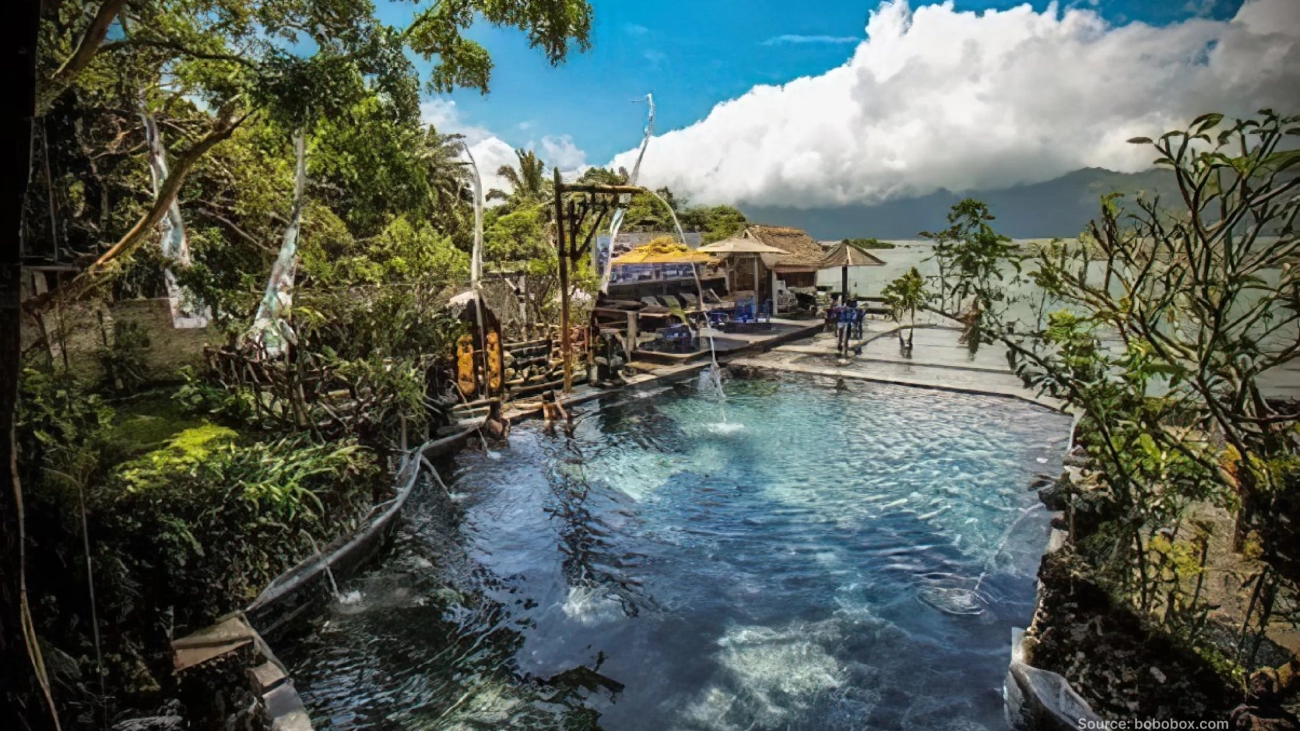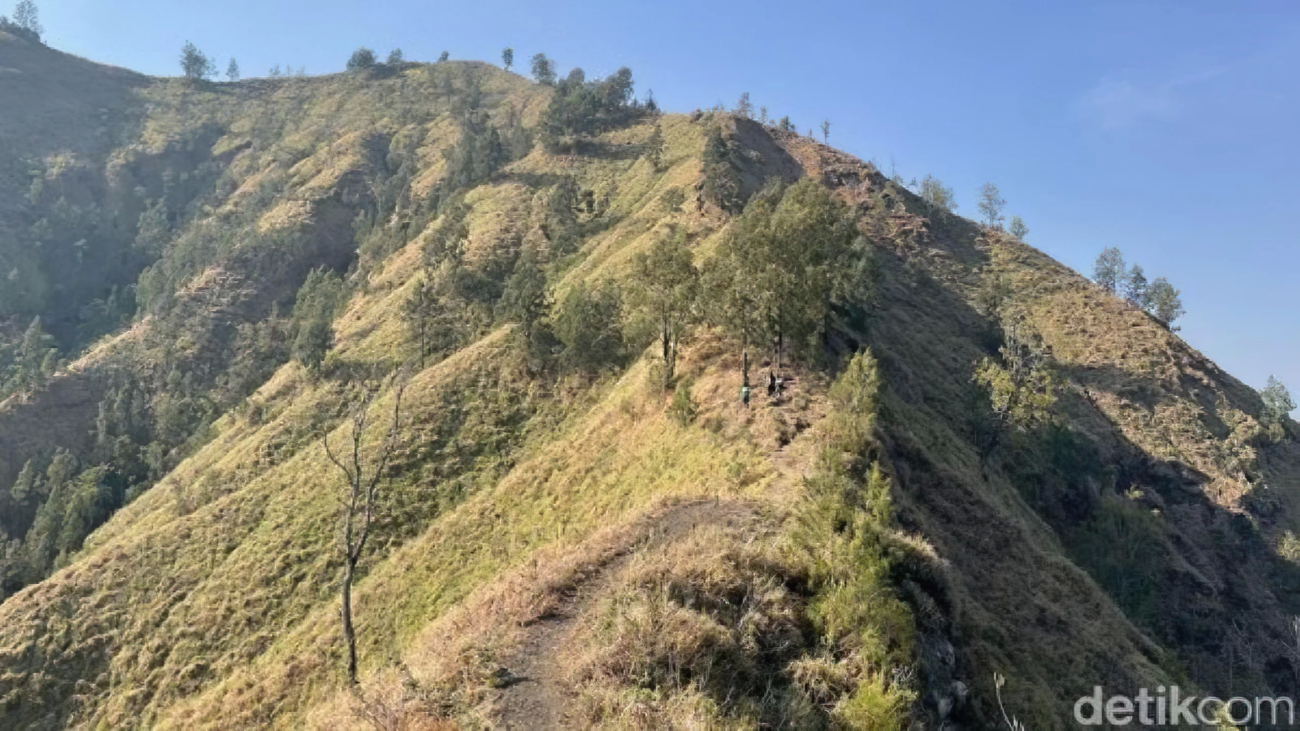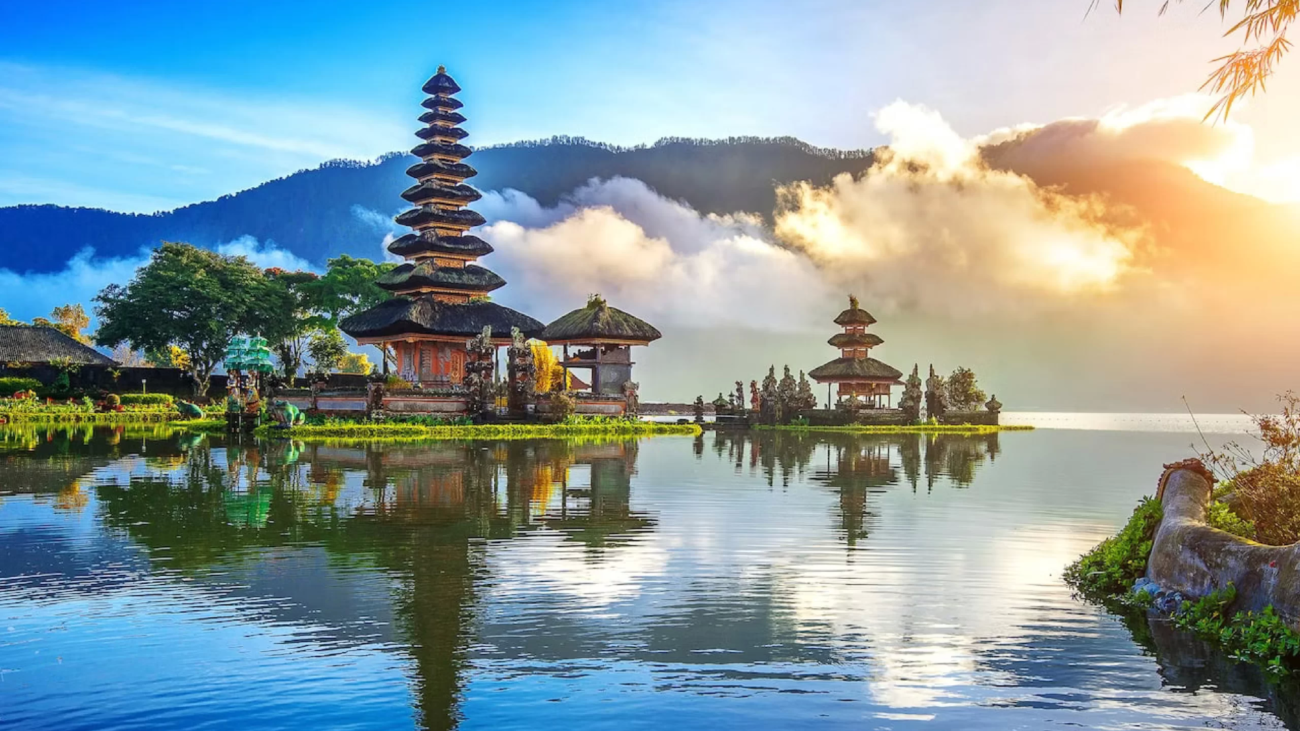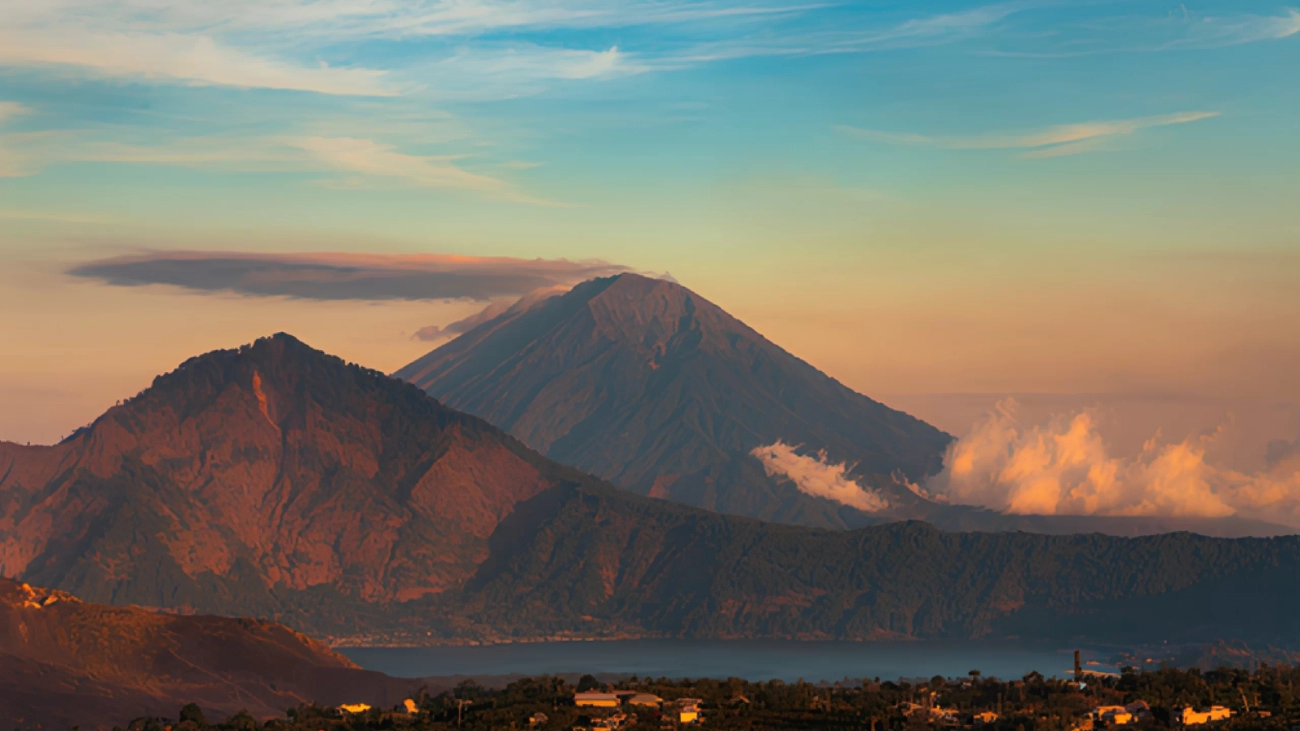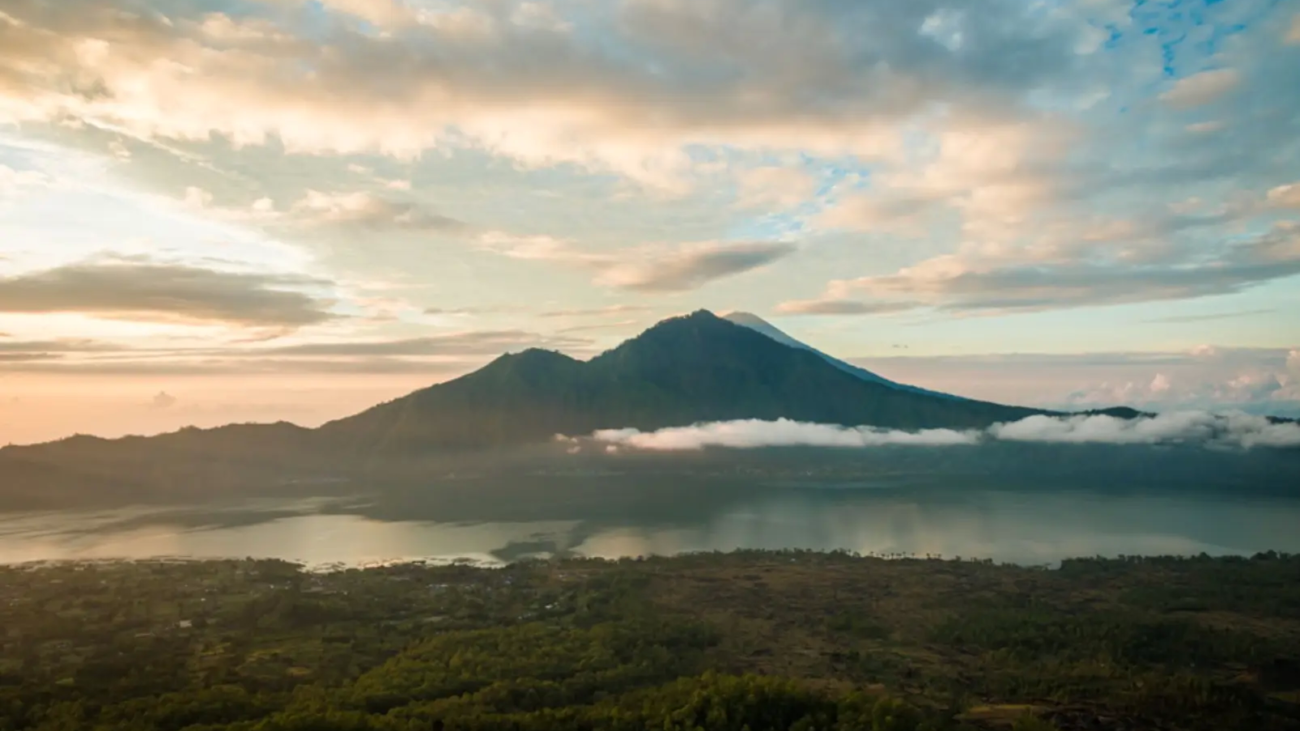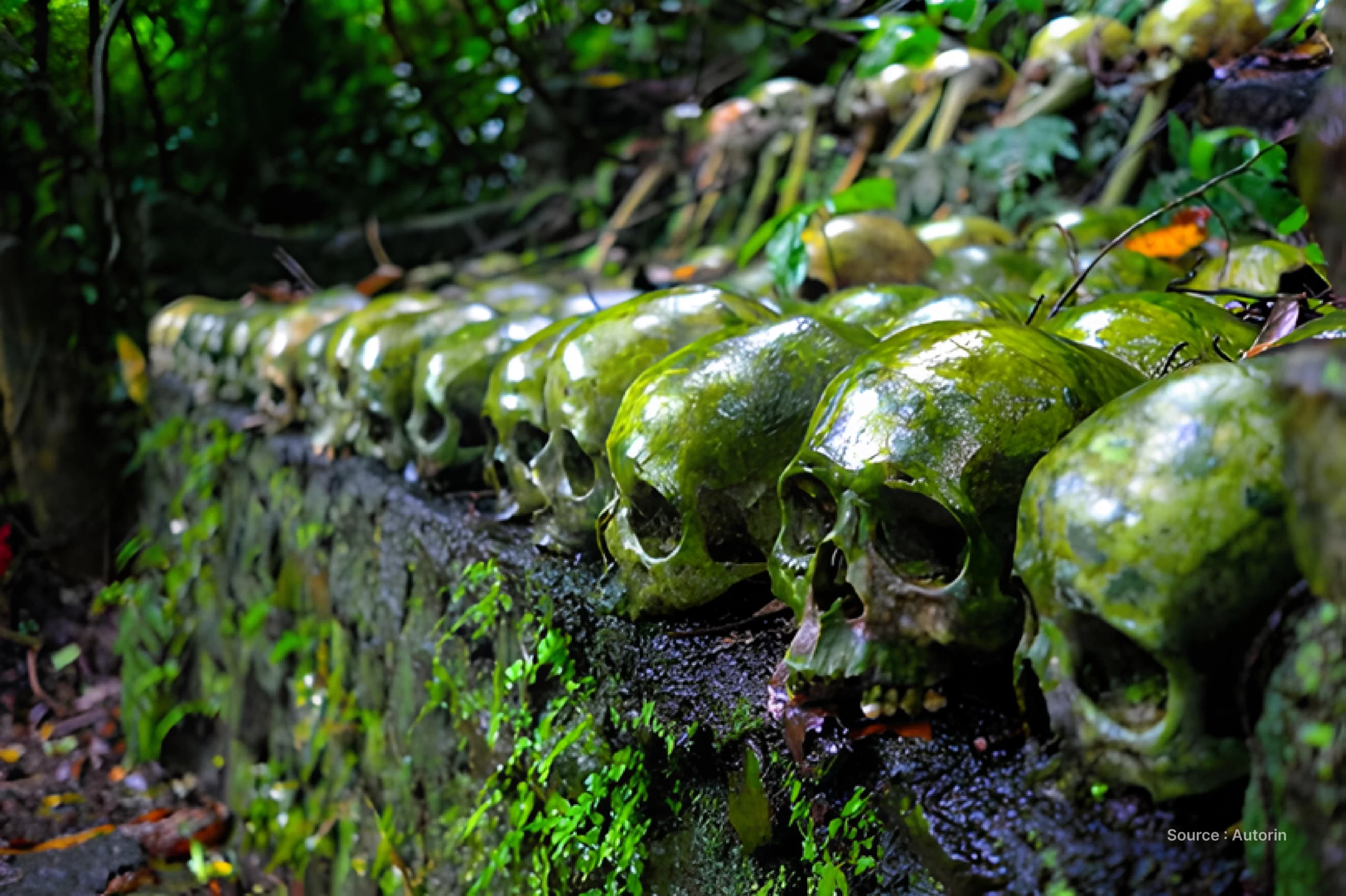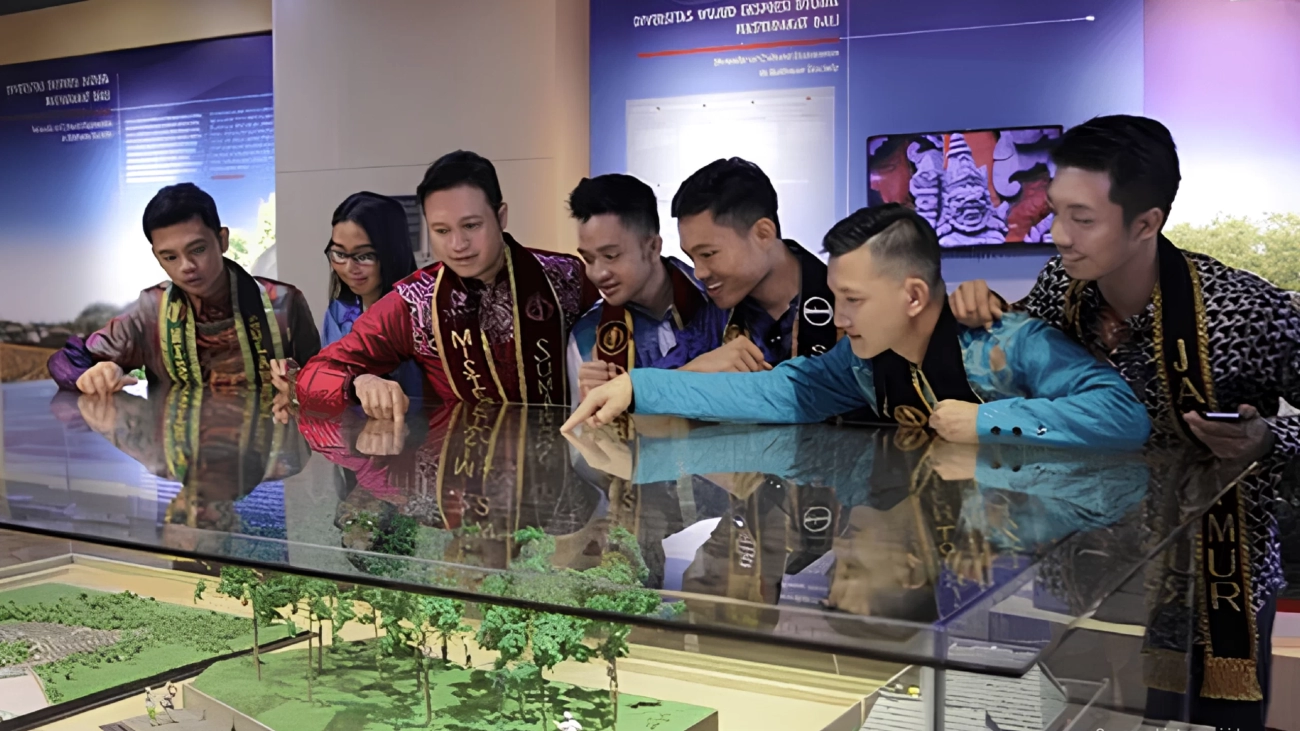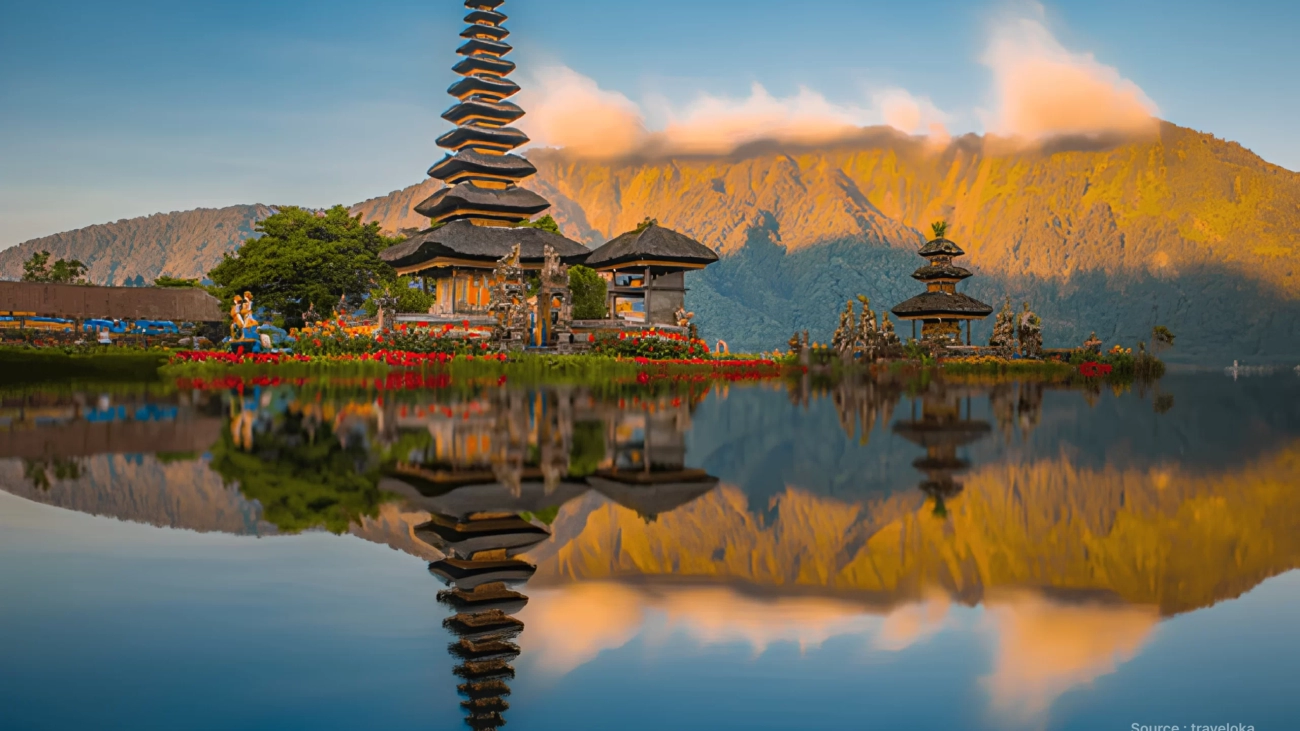Nestled within the lush highlands of Bali, the Kintamani Hot Springs beckon travelers to a sanctuary of serenity. Here, amidst the soothing embrace of therapeutic waters, both body and soul find solace. The natural mineral-rich hot springs, a gift from the volcanic activities of Mount Batur, create an immersive experience, renowned for their healing properties. As you soak in the warmth, you become part of a centuries-old tradition that locals believe relieves muscle tension and induces a deep sense of relaxation. The hot springs’ proximity to the awe-inspiring Mount Batur and the expansive Lake Batur provides an ethereal backdrop, ensuring that your journey here is not just a physical one but a harmonious blend of nature’s wonders and rejuvenation.
A Symphony of the Senses in Nature’s Embrace
Beyond mere physical rejuvenation, the hot springs offer a sensory symphony. As you immerse yourself in the inviting warmth, cool breezes sweep across the landscape, a delicate mist veils the mountain peaks, and the sun’s radiant glow dances upon the lake’s surface. This harmonious convergence of elements creates enchanting moments, inviting a profound sense of peace and serenity. The rhythmic sounds of nature further enhance the experience, from the gentle rustling of leaves to the distant calls of exotic birds. Each visit becomes a sensorial journey, allowing you to not just witness the beauty but to fully absorb and become part of the captivating tapestry that surrounds you. The hot springs thus transcend their physical attributes, offering a holistic experience that rejuvenates both the body and the spirit in this natural haven.
Adventures in Nature’s Playground
Kintamani Hot Springs are not just a haven for relaxation; they serve as a gateway to exhilarating adventures. For the adventurous souls, a challenging trek to the summit of Mount Batur promises a breathtaking sunrise, etching enduring memories. The journey through the winding trails takes you on a sensory exploration, surrounded by the sights and sounds of the lush, tropical wilderness. As the dawn breaks, the panoramic view from the summit unfolds, revealing the island’s vast beauty beneath the soft hues of the rising sun. This thrilling escapade is a testament to Bali’s diverse landscapes, showcasing both the tranquility of its hot springs and the invigorating challenges of its volcanic peaks.
Cultural Riches in Trunyan Village
A short distance away lies the captivating Trunyan Village, renowned for its distinctive burial traditions and cultural diversity. Exploring this village offers a meaningful glimpse into the local wisdom of Bali, allowing you to engage with the community and gain insights into their daily lives and the cultural tapestry that defines the region. The traditional Trunyanese cemetery, known for its unique open-air setting, provides a rare and poignant experience. This ancient burial ground, surrounded by lush vegetation, reflects the deep spiritual connection that locals maintain with their ancestors. Engage in conversations with the villagers to understand the significance of their customs, adding a cultural layer to your journey that extends beyond the natural wonders of Kintamani.
Culinary Delights and Practical Tips
As the day unfolds with exploration and relaxation, the culinary offerings of Kintamani await to delight the senses. Savor the freshness of grilled tilapia sourced from Lake Batur or indulge in the robust flavors of duck betutu soup, transforming the local cuisine into a celebration of taste. The traditional markets surrounding Kintamani offer a culinary adventure of their own, showcasing local delicacies and spices unique to the region. Wander through the stalls, engage with local vendors, and immerse yourself in the vibrant culinary culture that flourishes in this highland retreat.




